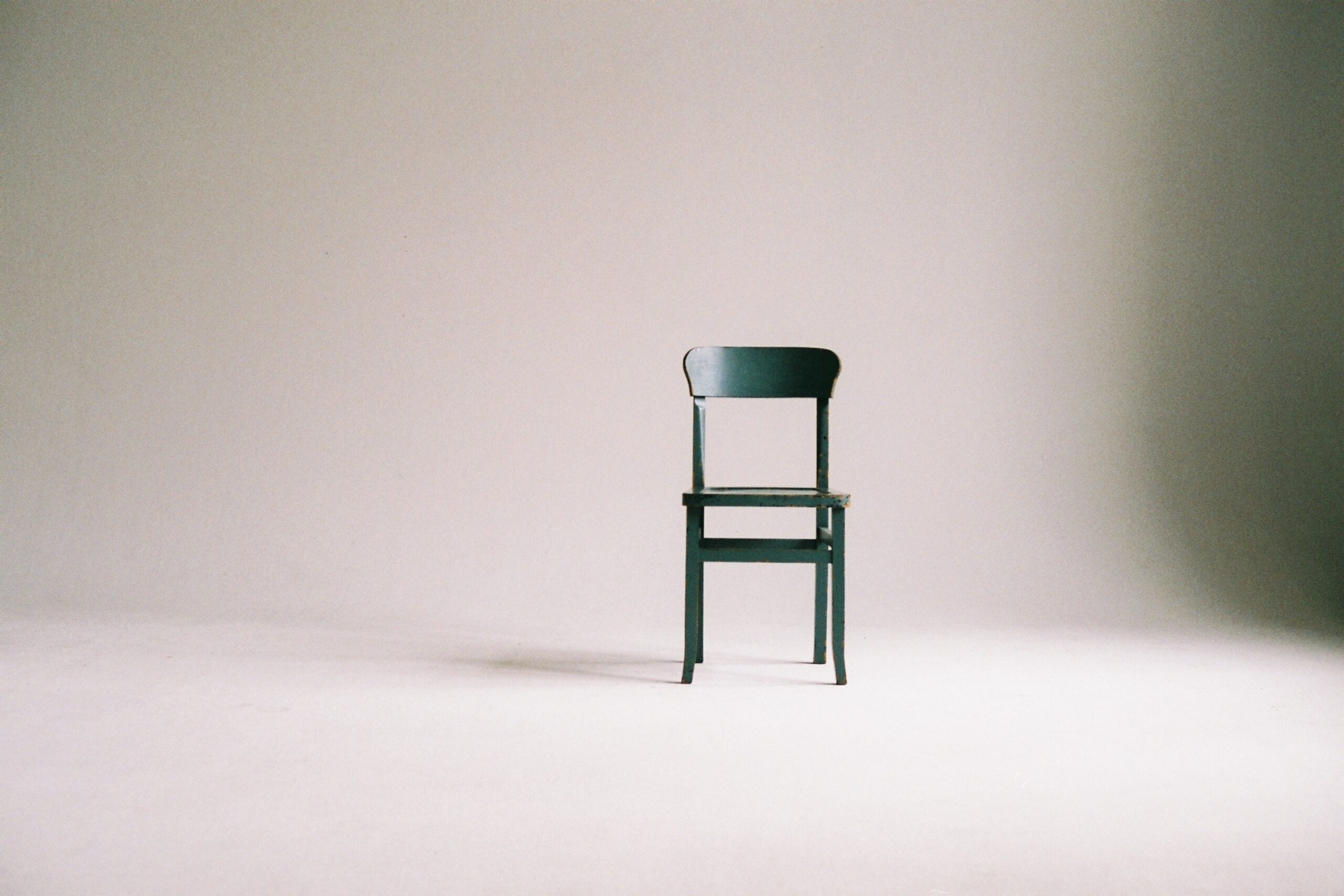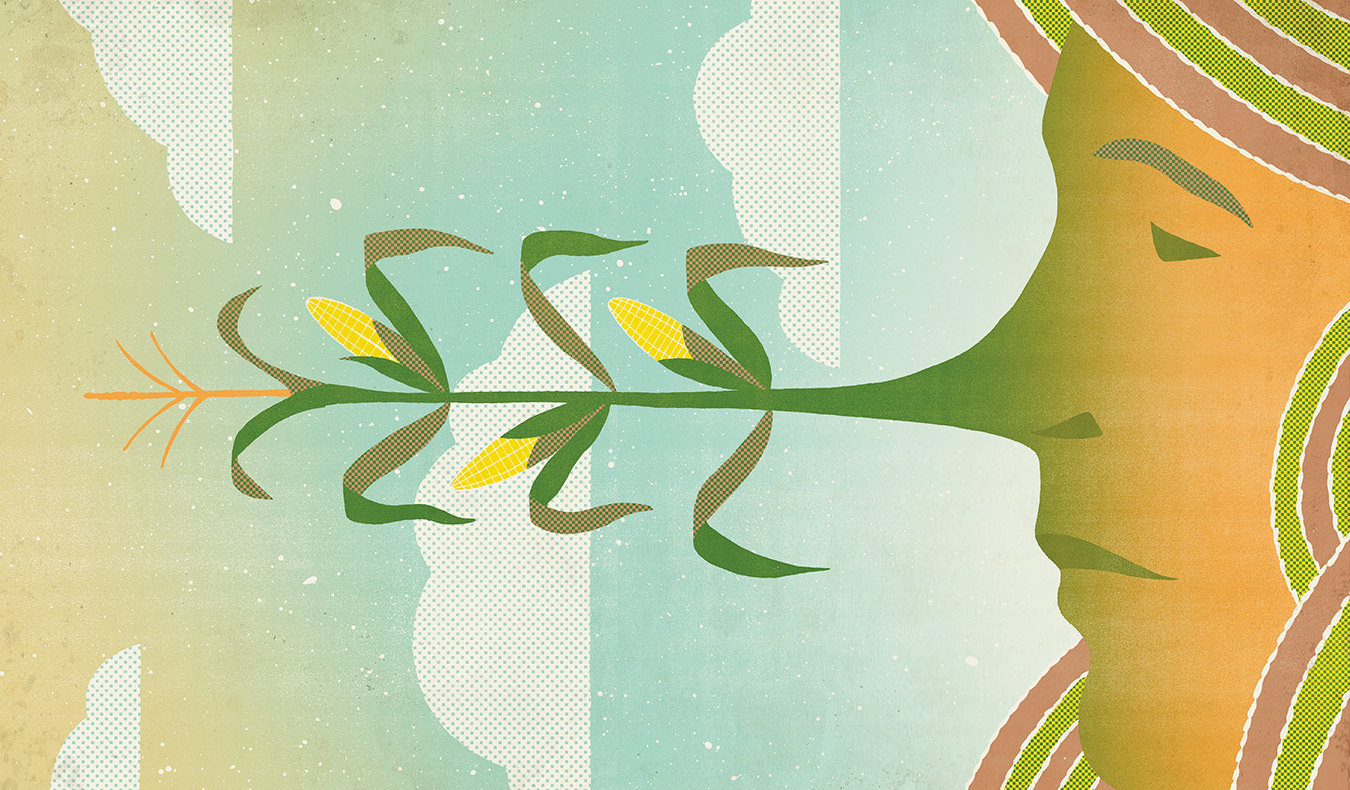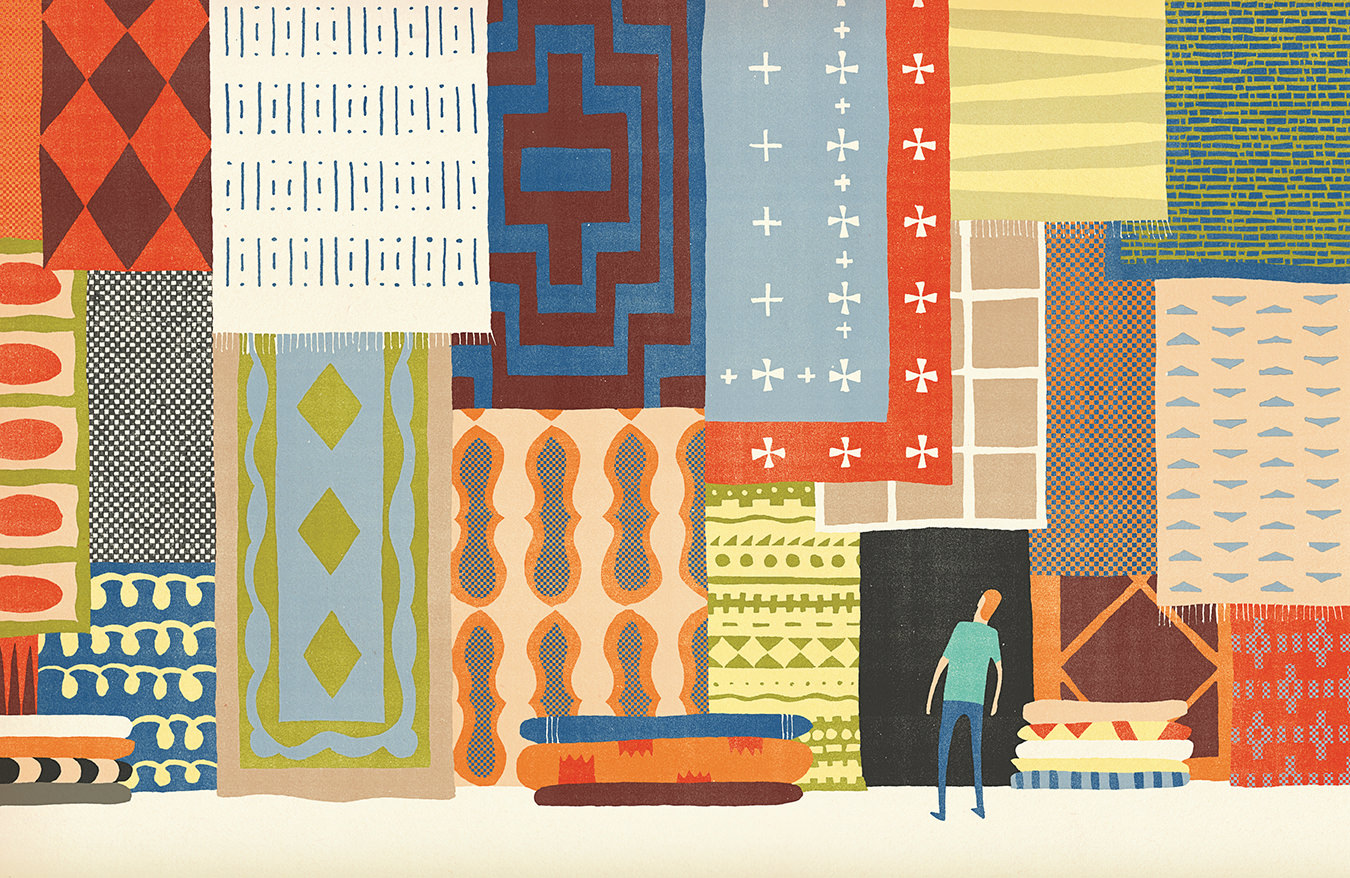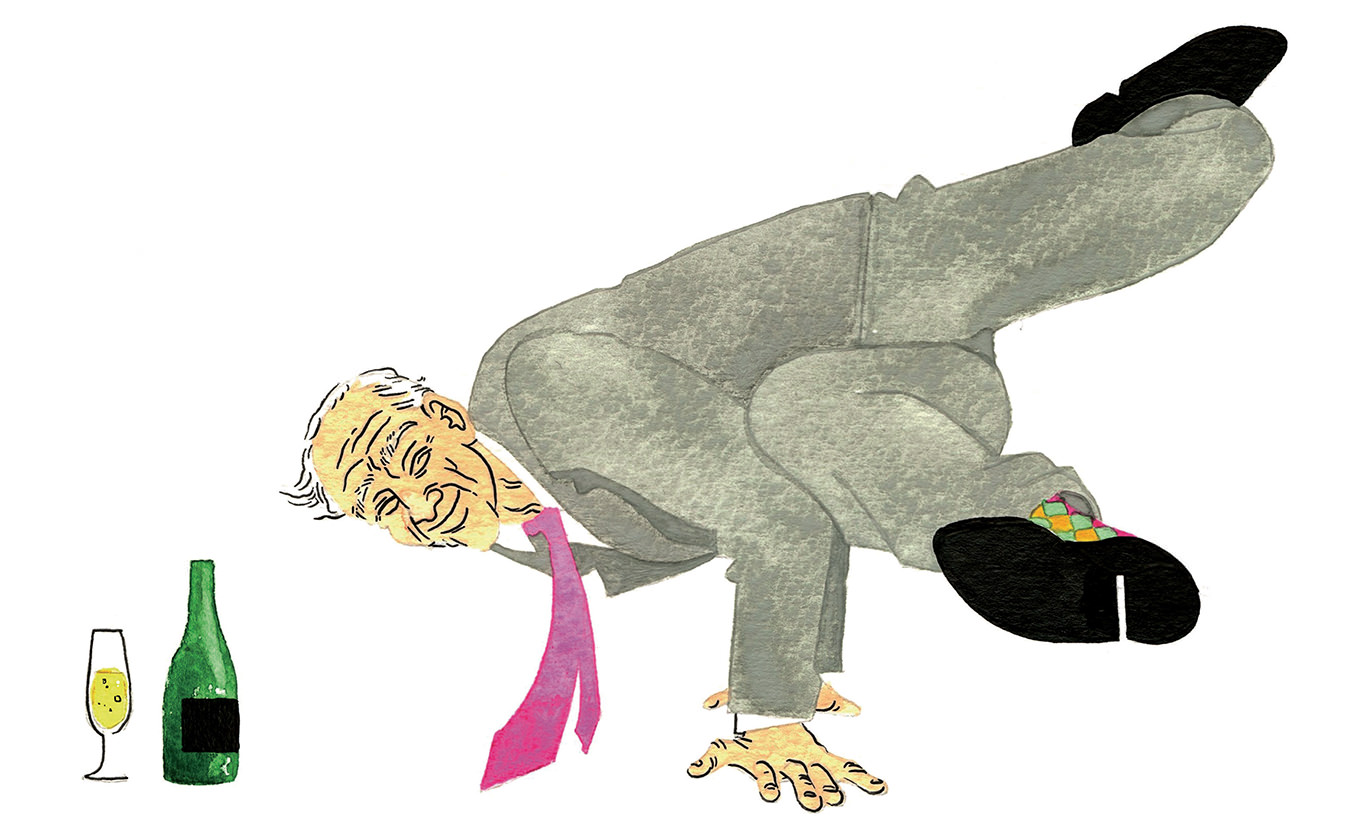Can Minimalism Transcend Its Own Trendiness?
Ideology vs. aesthetic.

Is minimalism a deep-seated philosophy, capable of changing the way we view our world? Or is it just a trend that uses the same old social markers to separate people through material possessions? To be a minimalist, do you have to declare it? All are questions worth asking in an age where personal philosophy is often defined by the contents of the closet and not the mind.
Observing the whole movement, its trendiness in the modern world, minimalism appears as a combination of actions focused on simplifying, where quality experiences matter more than material possessions. It is a philosophy of focusing on the essential by minimizing mental, spiritual, and physical clutter. It utilizes an aesthetic of repeating simple geometric forms and clear transitions between colours. Whatever it is, either a mindset or visual expression, minimalism has one purpose, to empty space for something more substantial to come. But let us start from the very beginning before we discuss further its position in modern society.
Minimalism’s contemporary iteration is fed by two cultural strains of simplicity and function, the Japanese and the Scandinavian. Japanese minimalism celebrates open spaces and cleanliness, with little frill for frill’s sake in the home. The concept ma (pronounced “maah”) is a celebration not of things but the spaces between them. It is about negative space, voids, and emptiness. And it is relished in everything from interiors, architecture, and garden design to music, flower arrangement ,and poetry. It can be found in most aspects of Japanese life,” says Melissa Breyer for Treehugger.
Meanwhile, Scandinavian minimalism emphasizes simplicity with clean lines as well as a celebration of nature in aesthetics—like letting wood speak for itself—rather than a deeper concept of emptiness. Even if these two strains differ in background or practice, they are united theoretically in that they challenge modern consumerism, reject cluttered living, prefer quality over quantity, and strive for a balance both physically and mentally.
Even if these two strains differ in background or practice, they are united theoretically in that they challenge modern consumerism, reject cluttered living, prefer quality over quantity, and strive for a balance both physically and mentally.
Like any other long-lasting idea that starts with cultural ideologies and evolves over generations, minimalism started developing through literature as far back as Victorian times when the book Walden by Henry David Thoreau was first published in 1854. In it, Thoreau writes: “I wanted to live deep and suck out all the marrow of life. To live so sturdily and Spartan-like as to put to rout all that was not life, to cut a broad swath and shave close, to drive life into a corner, and reduce it to its lowest terms.”
One of Thoreau’s contemporaries responded to Walden in the National Anti-Slavery Standard Newspaper on December 16, 1854, saying that “The life exhibited in [the book] teaches us, much more impressively than any number of sermons could, that this Western activity of which we are so proud, these material improvements, this commercial enterprise, this rapid accumulation of wealth, even our external, associated philanthropic action, are very easily overrated.”
At first glance, Thoreau’s approach might appear different from our modern impression of minimalism with its sometimes banal emphasis on decluttering, mindful consuming, care for the environment, and overall balance, but it was in those pages where the philosophy as we know it was first adapted and blasted into popular culture.
Now, as we witness the rapid growth of minimalism and people testifying how switching to minimalism has changed their lives, the question remains: What motivates someone who fills their living space with solid-wood furniture, white linen, and art by Robert Morris, and who wears neutral colours? What motivates someone else who takes a step further, attenuating the concepts of minimalism to the mind and soul? Would we call both minimalists when viewed in relief?
Modern Choices
On-screen, the Netflix show The Minimalists has expanded the vision of many North Americans, inviting people to avoid collecting unnecessary junk and buying on impulse in exchange for gaining more positive experiences. As Joshua Fields Millburn and Ryan Nicodemus, creators of the documentary, say, “Minimalism is a tool that can assist you in finding freedom. Freedom from fear. Freedom from worry. Freedom from overwhelming. Freedom from guilt. Freedom from depression. Freedom from the trappings of the consumer culture we’ve built our lives around. Real freedom.”
Their approach to minimalism is crucially heterogenous because one person’s minimalist views may be different from another’s. For one, minimalism is the pursuit of an ideology that allows freedom from consumerism, which constrains through the infamous paralyzation that comes from sheer choice (a similar approach to Scandinavian culture and Thoreau’s essays). But for another, the same word describes a polished aesthetic of clean lines, high-end clothes that last, and visual pleasure in every aspect of life, which may be more compatible with consumption.
The latter view can be compared with the urge to achieve a pleasant celebration of space in Japanese culture. Neither vision of minimalism is wrong when the intention is to simplify; both merely adjust the same impulse to completely different points of view and circumstances.
If fashion started demonstrating minimal designs in the ’90s through the work of designers such as Margiela, Calvin Klein, and Jil Sander, a merging desire to declutter and to empty space for something more significant started occupying minds only a few decades later. When The Life-Changing Magic of Tidying Up by Marie Kondo was published in the United States in 2014, people suddenly started finding their houses overwhelmed with possessions and wanted to simplify their lives. In other words, it was a hunger for meaningful fulfilment, for something missing in materialism, that contributed to minimalism’s rise as a lifestyle choice today. Hunger for self-expression, for more time to spend with families, for escape from social pressure were the triggers that brought many people together and united them under the idea of simplifying.
As for the aesthetic aspects of minimalism, its brightest representatives are those who focus on material possessions.
As for the aesthetic aspects of minimalism, its brightest representatives are those who focus on material possessions. Of course, in their interpretation, objects ought to be of exquisite quality, collected with mindfulness, and answer all requests of genuine art, whether expressed through flower vases or suits. Many loyal followers of such brands as The Row and Jil Sander would proudly proclaim themselves minimalists merely because those brands offer them the ability to pick and choose objects that support the perceived minimalist aesthetic. It would not significantly mean that they own only one coat for a season as most supporters of the ideological side do.
On the contrary, compared to those who choose minimalism as a lifestyle and philosophy, “fashionable minimalists” praise the aesthetic side of the trend and fill up their lives and closets with the finest examples of minimal design. They have certain expectations for the clothes, furniture, and cars they surround themselves with, which must fall under that category of things that please their minimalist vision. “Less is more attractive when you’ve got a lot of money, and minimalism is easily transformed from a philosophy of intentional restraint into an aesthetic language,” says Jia Tolentino in an article for The New Yorker.
The aesthetic side of minimalism begins in midcentury art movements, and unsurprisingly the two are still associated with each other. Indeed, for the group of minimalists who treasure artistic approach in the form of cashmere sweaters, neutral paintings, and earth-toned sofas, price is often proof of exceptional quality.
However, as much as choosing minimalism as a lifestyle provides a feeling of contentment and independence, choosing minimalism in slick forms and solid colours also allows for aesthetic satisfaction. The difference is in the emotions and experiences that one assigns them. Hence, minimalism as an idea varies. It is a choice to buy essentials of exceptional quality that don’t harm the environment. It is living in an aesthetically pleasing way. Regardless, it means filling life with more mindful choices. Kyle Chayka, the author of The Longing for Less: Living With Minimalism, suggests that minimalism is “not about consuming the right things or throwing out the wrong; it’s about challenging your deepest beliefs in an attempt to engage with things as they are, to not shy away from reality or its lack of answers.”




